How to check your council tax band
Thousands of homeowners continue to overpay for council tax because they are on wrong band. We look at how to check your council tax band and whether you could save thousands with a few simple steps

Nicole García Mérida
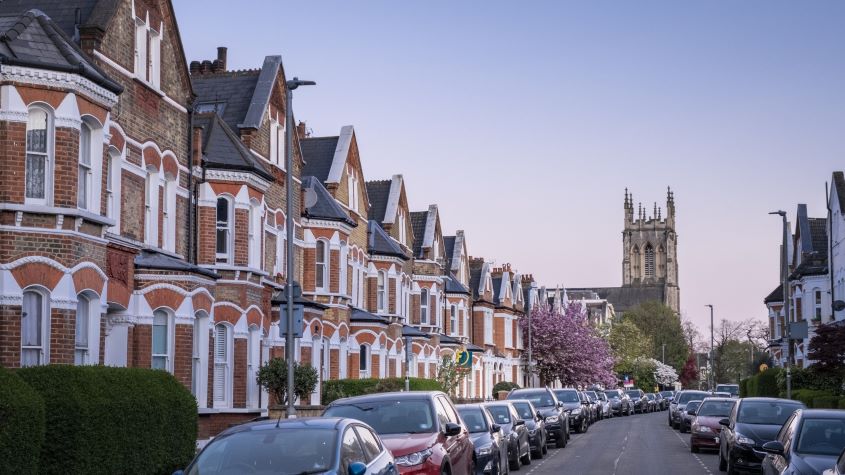
Thousands of households could be overpaying for their council tax simply by being in the wrong tax band. If you’re unknowingly in a higher band than what you should be then you could save thousands by challenging it.
Councils hiked council tax bills by as much as 5% this year and further rises are expected in 2025, so taking action now could save you more money.
A 5% increase might not seem like much, but adds over a hundred pounds to a band D home.
MoneyWeek
Subscribe to MoneyWeek today and get your first six magazine issues absolutely FREE

Sign up to Money Morning
Don't miss the latest investment and personal finances news, market analysis, plus money-saving tips with our free twice-daily newsletter
Don't miss the latest investment and personal finances news, market analysis, plus money-saving tips with our free twice-daily newsletter
Here's how to check if you are on the correct council tax band and what to look out if you decide to challenge it with your local authority.
What council tax band am I in?
To find out which council tax band you’re paying:
- Check your council tax bill
- Ask your local authority
- Use the government website
The government website’s postcode checker allows you to check for properties in England and Wales, while the Scottish Assessors Association lets you check Scottish properties
To check your annual bill, you can go to your local authority website. Find your local authority by typing in your postcode.
How to check you are on the right council tax band
See what you neighbour's council tax band is
If your council tax differs from your neighbour's despite you having a similar property, it’s worth looking into it. You can check the council tax band of the properties on your street via the government's tool.
Check the value of your property
You'll need to work out what your property was worth in 1991, when the bands were set. You can use tools such as Nationwide’s House Price Calculator to figure out what the value of your home was three decades ago.
If you work out the calculations and find the value differs from the band you’re on, you might be able to challenge your council.
What can I do if I’m in the wrong council tax band?
If you think you’re in the wrong band, go to the Valuation Office Agency website.
The process is free but lengthy. You won’t pay a fee, no matter what the decision is. But you will be waiting up to 90 working days.
If the Valuation Office Agency finds you were on wrong council tax band, you can get a refund which will be backdated to when you moved into the property, or when the tax was introduced – whichever one is the most recent.
While it’s not very common, it’s worth keeping in mind your local authority could also find you’re paying less than what you should be and hike your bill, so double check your numbers before you challenge your council tax band.
What are the council tax bands?
Council tax bands range from A to H - the higher your band the more council tax you pay.
They are calculated based on the value of your home, but not the value you would be selling it for today. Instead, the bands are based on how much your property was worth over thirty years ago.
In England and Scotland, it would be how much your property was worth on 1 April 1991. In Wales, it’s 1 April 2003.
The band ranges differ per region, but these are the ones for England:
| Council tax band | UK average home value |
| Band A | Up to £40,000 |
| Band B | Over £40,000 and up to £52,000 |
| Band C | Over £52,000 and up to £68,000 |
| Band D | Over £68,000 and up to £88,000 |
| Band E | Over £88,000 and up to £120,000 |
| Band G | Over £160,000 and up to £320,000 |
| Band H | Over £320,000 |
Get the latest financial news, insights and expert analysis from our award-winning MoneyWeek team, to help you understand what really matters when it comes to your finances.
Kalpana is an award-winning journalist with extensive experience in financial journalism. She is also the author of Invest Now: The Simple Guide to Boosting Your Finances (Heligo) and children's money book Get to Know Money (DK Books).
Her work includes writing for a number of media outlets, from national papers, magazines to books.
She has written for national papers and well-known women’s lifestyle and luxury titles. She was finance editor for Cosmopolitan, Good Housekeeping, Red and Prima.
She started her career at the Financial Times group, covering pensions and investments.
As a money expert, Kalpana is a regular guest on TV and radio – appearances include BBC One’s Morning Live, ITV’s Eat Well, Save Well, Sky News and more. She was also the resident money expert for the BBC Money 101 podcast .
Kalpana writes a monthly money column for Ideal Home and a weekly one for Woman magazine, alongside a monthly 'Ask Kalpana' column for Woman magazine.
Kalpana also often speaks at events. She is passionate about helping people be better with their money; her particular passion is to educate more people about getting started with investing the right way and promoting financial education.
-
 ‘Why I have ditched my Help to Buy ISA for cash savings and the stock market’
‘Why I have ditched my Help to Buy ISA for cash savings and the stock market’Without the 25% bonus, my Help to Buy ISA is effectively redundant, says MoneyWeek writer Sam Walker.
-
 Is your inheritance tax allowance cut if you sell to downsize or sell your home to pay for care?
Is your inheritance tax allowance cut if you sell to downsize or sell your home to pay for care?Downsizing relief is a little-known benefit that could save your loved ones tens of thousands of pounds in inheritance tax after you’ve died.
-
 Inheritance tax receipts hit £1.2bn
Inheritance tax receipts hit £1.2bnNews More people are being hit by inheritance tax amid rising property prices - and 16m are unaware of whether or not their families could be left to pay a bill when they die.
-
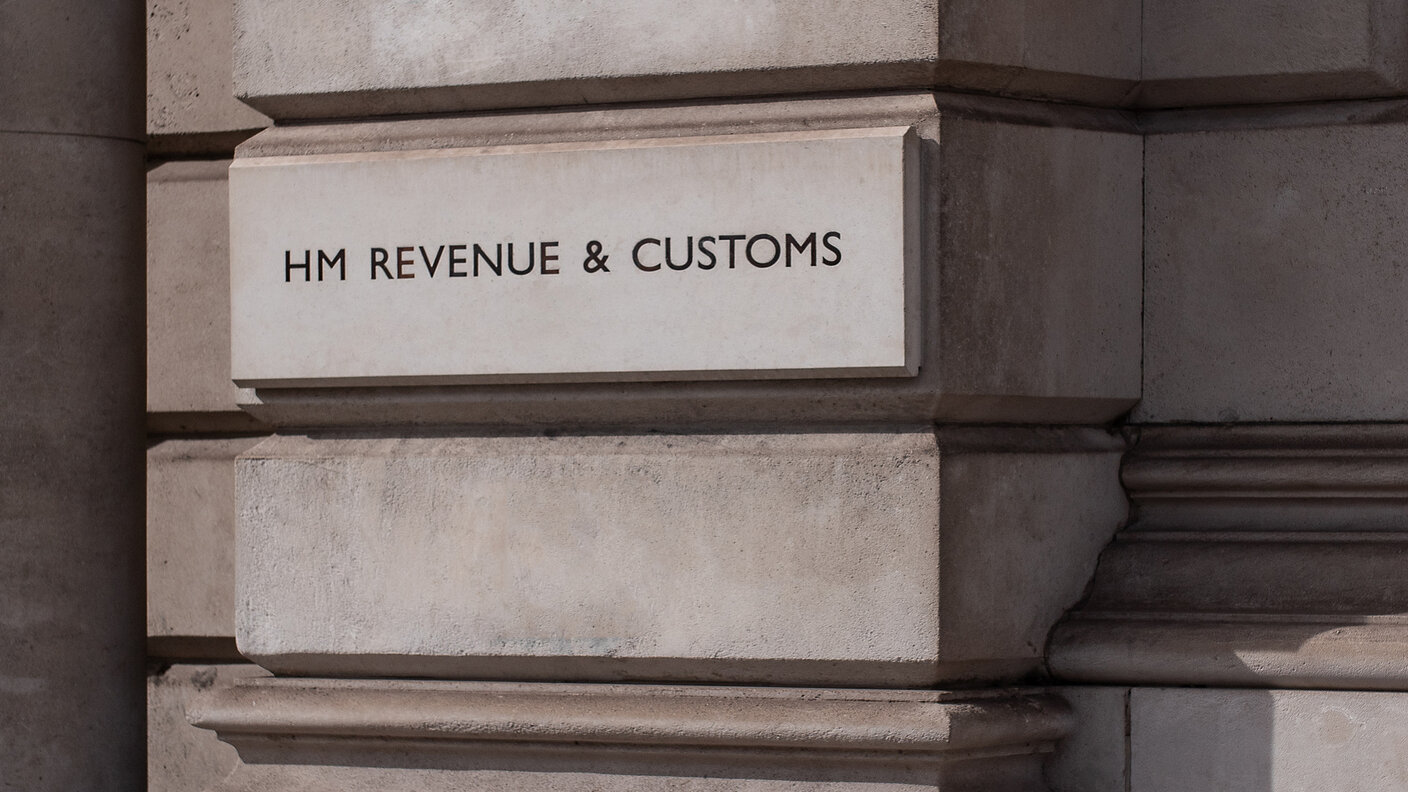 Cut taxes? No, reform them instead
Cut taxes? No, reform them insteadOpinion The way the state raises money is far too complicated, says Merryn Somerset Webb. Time for a radical revamp.
-
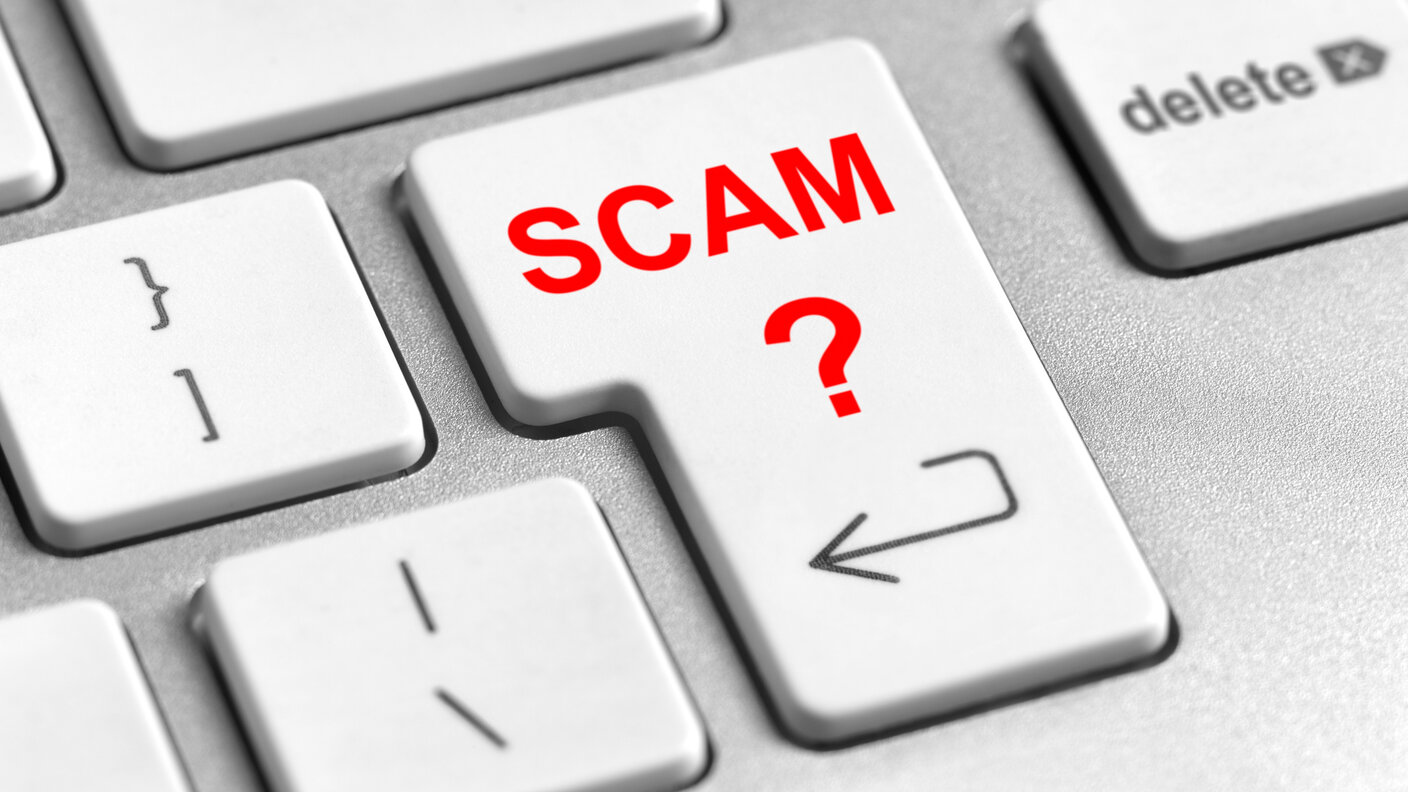 HMRC launches one week warning for tax credit renewals
HMRC launches one week warning for tax credit renewalsNews Tax credit customers have until 31 July to submit renewals amid a scam warning from HMRC
-
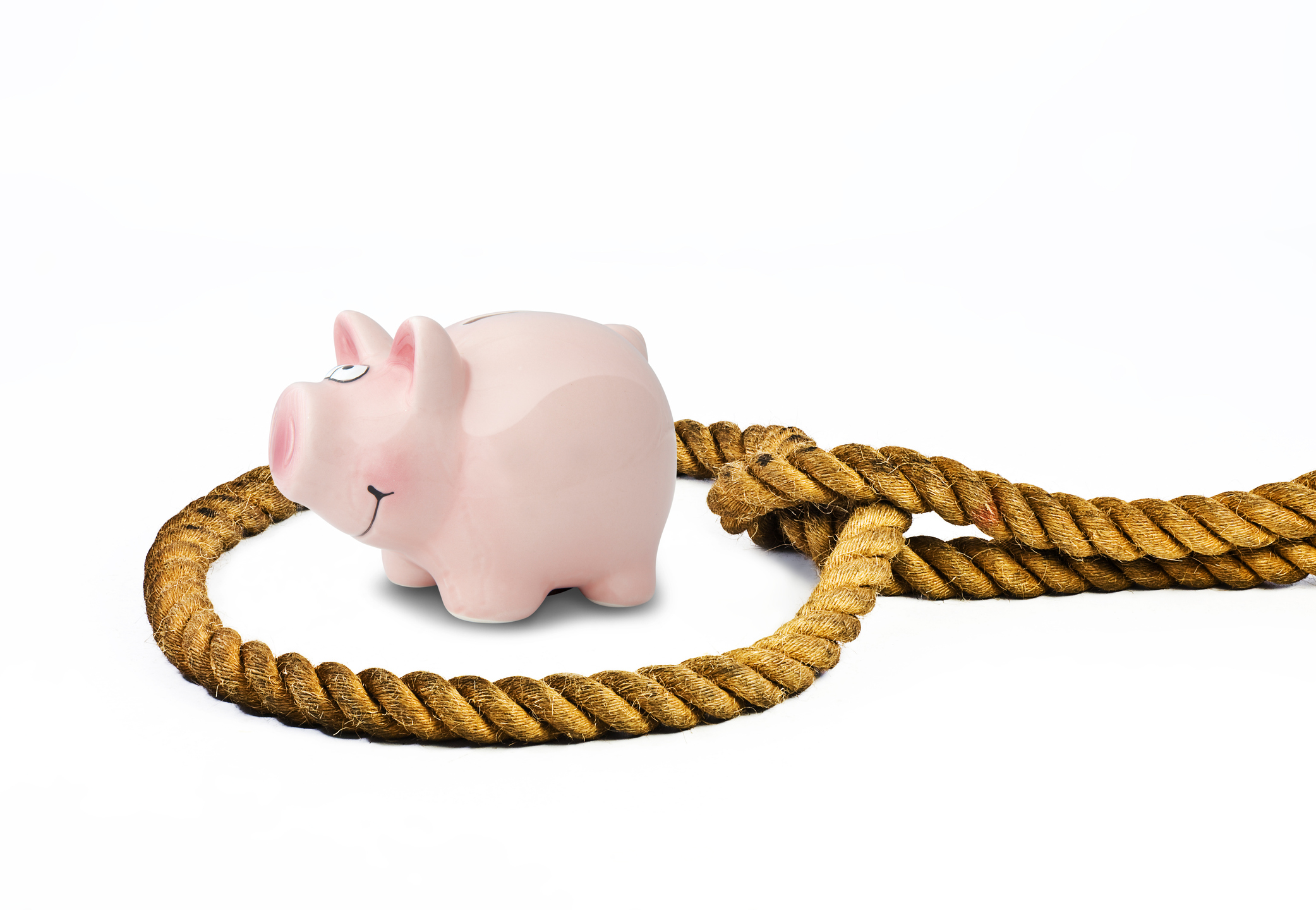 Beware the savings tax trap: pensioners face paying £2.5 billion in tax on their interest
Beware the savings tax trap: pensioners face paying £2.5 billion in tax on their interestSavers are being urged to look at ways to shelter their cash from the taxman as the tax burden on savings escalates.
-
 Will IHT be cut?
Will IHT be cut?News Sunak could make cuts to Inheritance Tax cuts later this year, reports suggest. We explain what this could mean for you.
-
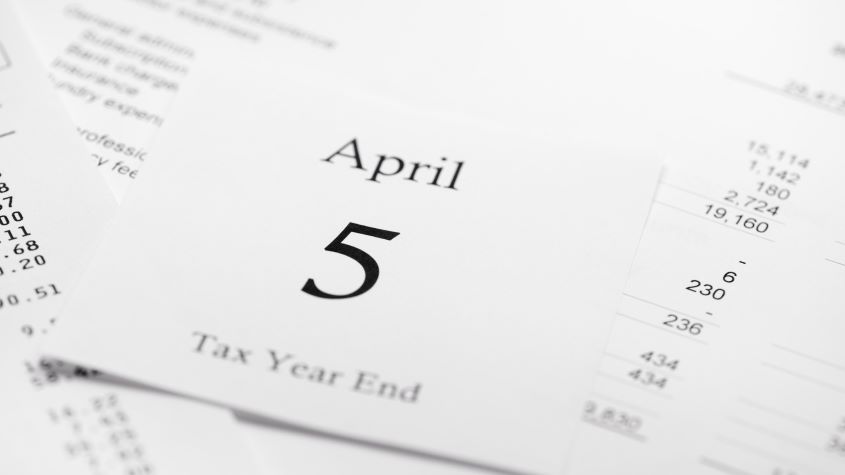 Checklist: 10 easy moves to save you money before the end of the 2024/25 tax year
Checklist: 10 easy moves to save you money before the end of the 2024/25 tax yearTips The end of the 2024/25 tax year is fast approaching. We’ve put together an action plan so you can maximise valuable tax breaks and allowances before they disappear on 5 April
-
 How to keep your dividends safe from the taxman
How to keep your dividends safe from the taxmanAdvice The number of people expected to pay dividend tax in 2024/25 has doubled since 2021/22. We reveal six ways to keep your dividends safe and beat the tax trap
-
 Can I avoid IHT by stuffing all my money into a pension?
Can I avoid IHT by stuffing all my money into a pension?IHT Pensions offer families a way to avoid IHT when passing on wealth to loved ones after death, but that’s all set to change. We explain the rules.
